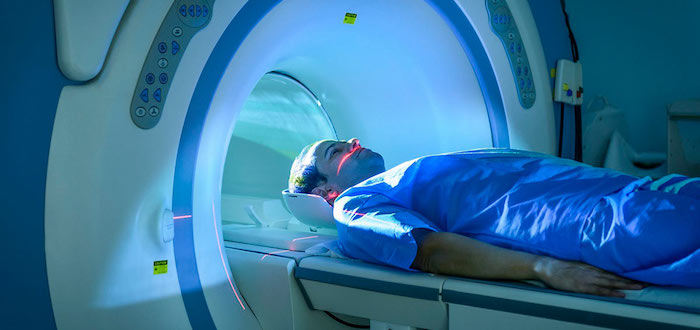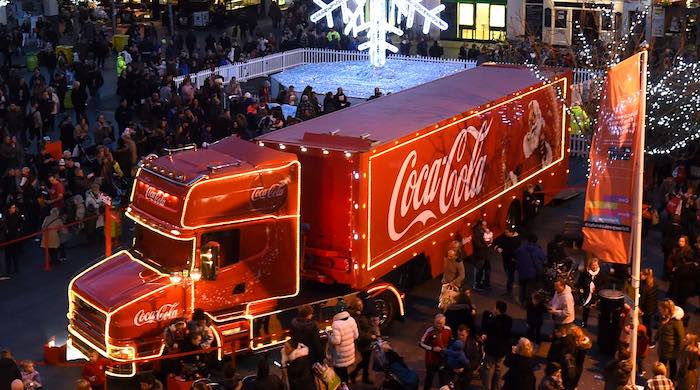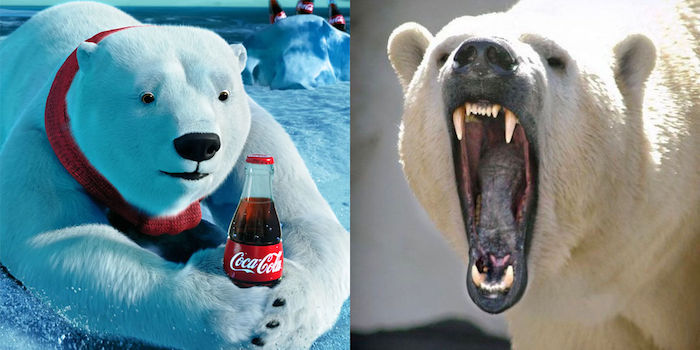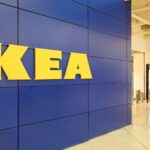The debate about the taste of Coca-Cola has been going on for years, but not by itself, but in the context of competition with Pepsi. I brought it up because of a new round of flavor discussions and included answers (or attempted answers) to such questions:
- What are the cola wars?
- Pepsi Challenge
- New Coke
- Coca-Cola and fMRI
- Does Pepsi taste better than Coca-Cola?
- Conclusions
Marketers know that Pepsi kind of wins in blind tests and Coke wins in open tests. I write “sort of” because there are many such studies, many have design issues (conditions, nature of the experiment, sampling, etc.), but let’s accept that there is a common place in marketing: Pepsi wins in blind tests, and Coca wins in open tests. Why is this the case if Pepsi tastes better? And does it actually taste better? Let’s take a look.
Disclamer: I write articles admiringly about the marketing or business model of global companies. That said, I think it’s important for marketers and entrepreneurs (who are required to be marketers) to understand how it all works. And for non-marketers, to help them understand that marketing is the reason we use great products, but to be able to resist mindless consumption. Resisting is only possible if we understand exactly how marketing works, not if we deny its impact on us.
What are the Cola Wars?
This marketing war between Coca-Cola and PepsiCo is one of the main and brightest marketing battles in business history. The rivalry between Mercedes-Benz and BMW is the only one to compare it to.
Two drinks and two companies have always competed. They appeared at the same time: the recipe for Coca-Cola was developed in 1886, and The Coca-Cola Company was founded in 1896. Pepsi appeared in 1893 under the name “Brad’s Drink” after the creator Caleb Bradham, but in 1898 it was renamed as Pepsi-Cola. Pepsi-Cola itself was created in 1902 (after merging with Frito-Lay in 1965 it became today’s PepsiCo).
By the way, many people say that both Coke and Pepsi taste like cough syrup to them. Keep in mind that Coke and Pepsi were formulated by American pharmacists. So, by the way, was the next most popular, but which came before – Dr. Pepper.

The first version of the Coke bottle really does look like a pharmacy vial of medicine.
In general, the drinks and the companies appeared at about the same time, but by the 1970s, Coke was steadily winning the competition, and Pepsi remained in second place. This didn’t sit well with Pepsi bosses – they were convinced that Pepsi tasted better and the market was unfair, so in 1975 they launched a marketing campaign called the Pepsi Challenge. These were blind tests, for example in supermarkets. People were offered to try two drinks from identical unbranded cups and choose the best one. And more people chose Pepsi.
Pepsi Challenge
Of course, not only did Pepsi organize such tastings, but also launched an advertising campaign to convince the target audience that Pepsi is tastier. An example of a commercial based on this idea:
In turn, Coke’s bosses didn’t like it either, and they launched a reciprocal advertising and PR campaign to prove that Coke is better.
Coca-Cola issued press releases, questioned the experiments, but it all seemed like an excuse, and it didn’t work to change people’s minds.
New Coke
The Coca-Cola bosses took the step which is still referred to in marketing textbooks as one of the biggest screw-ups – they launched New Coke that tasted more like Pepsi and got a hell of a fight with their own fans. Then they had to bring back the old Coke under the name Coca-Cola Classic and… this led to the crisis of brand identity: now Coke fans were fighting with each other about which was better – the new Coke or the old one, while the bosses and Pepsi fans were rubbing their hands happily. In general, the classic flavor had to be brought back as the main flavor in just 79 days, and New Coke was first renamed Coke II, and then gradually withdrawn from the range, although it still lasted 17 years, until 2002.
Interesting that the launch of New Coke was particularly strongly criticized in the southern U.S. states, since there Coke is largely considered part of the regional identity, and the launch of New Coke was perceived as an allusion to the Civil War and the Yankee victory over southerners: the fact is that Coca-Cola is headquartered in southern Georgia, while PepsiCo is in northern New York.
There are even several conspiracy theories about the launch of New Coke:
- A marketing ploy by Coca-Cola itself to draw attention to classic Coca. Sales did go up a lot after the return of the classic flavor as the main flavor. Coca-Cola has always denied it, and its president once replied, “We’re not that stupid, but we’re not that smart either,” apparently meaning that hardly anyone would dare to work so coolly through intentional negativity.
- A maneuver to divert people’s attention from replacing sucrose in the recipe with cheaper fructose, which also affected the taste. In fact, by 1985 all of Coke was already using fructose syrup from corn, not sugar, so this version is not tenable.
- A cover-up for the decoquinization of drinks, which in turn was carried out to appease the U.S. Drug Enforcement Administration (DEA), which at the time declared war on coca plantations. Although there was no actual coca in New Coca, we will leave the validity of this theory to the experts.
Let us return to the cola war. Despite the fact that people in blind tests more often chose Pepsi, Coca continued to win the competition in the real world – not during tastings, but when choosing on the shelf – both market share and revenues of Coca-Cola were bigger, although to be fair it should be noted that Pepsi gradually snatched market share from it.
But how so? Why do people choose to taste one drink and buy another? The conventional wisdom is that this is a victory of branding over taste. But is that all it is? No, it’s not only that.
I will return to this “not only” later, but first let’s discuss branding briefly.
Coca-Cola and fMRI: branding’s victory over taste
There are scientists who are neurobiologists and they have this wonderful thing called sticking people into fMRI machines and showing them pictures and looking at what is going on in their brain.
For reference: fMRI is a method of studying brain activity based on analyzing the amount of oxygen delivered by hemoglobin to different parts of the brain: neurons require oxygen, and if there is more activity in a particular area, more is delivered.
Marketing experts have also adopted this method, but of course they show not just any pictures but test products, packaging, advertising and other marketing tricks before launching them on the market in order to better predict what people will like and what they will not.

This is what the machine looks like that evil marketers use to decide which product you’ll take off the shelf (and think you’ve chosen it yourself). Of course, they couldn’t resist the temptation to give people Coke and Pepsi (for the inquisitive: drank through a straw) and see with an fMRI, what’s in the brain? Would it make sense why people prefer Pepsi and buy Coke?
In the blind test, Pepsi caused more activity in the parts of the brain responsible for reward and pleasure. And in the open test, Coke increased activity in the parts of the brain responsible for memory and emotion.
Thus, the study participants enjoyed Pepsi more, but still chose Coca-Cola, apparently due to the emotion of perceiving the brand.
Let me tell you about myself. When I think “Coca-Cola,” images of home, holiday, and pleasure come to my mind. Home and holiday are probably related to that:

Pleasure, I assume – with the color red.
My associations with Pepsi are socialization, fun, celebration of life:

Coca-Cola ads have always been more “family friendly” and used cute images like a polar bear and Santa Claus.

Pepsi’s marketing strategy is more about strategic sponsorships (like soccer, baseball and basketball) and aggressive online promotion. In addition, there is a theory that Pepsi deliberately uses the colors of the American flag – to affect the patriotic feelings of Americans in this way for its own selfish purposes (never happened before and here it is again!).
The Cola war started in 1975 and is still going on, and there are a lot of interesting things, I can’t describe them all in an article.
Here’s a fun fact: Billy Joel’s 1989 song has 118 quick-paced references to cultural, political, scientific, and sporting events, and it ends with a mention of Cola Wars. I must say, the list song is an art form in its own right. Make sure you listen to it.
Why does Pepsi win in blind tests? Does it really taste better?
There’s a theory that it’s about sweetness. Pepsi is considered a sweeter drink (apparently it is), and the Pepsi Challenge and most experiments are that you have to take one sip. With one sip, we just like it sweeter. But in real life, we don’t drink one sip, we drink the whole can or at least a glass. And when there’s a lot of sweetness, it’s already sugary and not as tasty, we don’t like that, and we’re also frightened by the harm of sugar and actually want to consume less sweetness.
So more people chose the sweeter Pepsi at one sip, but for a larger volume Coke is better. But let’s stipulate: this is only one version, although it looks plausible.
Also during the tests, the sample with Coca was often marked with Q (and Pepsi with M), and the letter Q kind of hints better at what’s in the cup. We can assume that since the campaign was long and Pepsi was trumpeting it everywhere, people just joined the majority and did NOT choose Q, i.e. Coca.
And in general, you have to understand that the Pepsi Challenge is a marketing campaign, not a scientific experiment. When the tests are conducted in a more rigorous research setting, the difference in people’s preferences is not as pronounced.
Conclusions
What conclusion can we draw from this? Correct! That people’s preferences are clearly influenced by branding and advertising, not just the physical characteristics of the product. Coca, whose ambassadors are “timeless values”: Santa Claus, Christmas, family and the holidays, is still more successful in terms of market performance than Pepsi and its reliance on ambassadors like Britney Spears, David Beckham, Cindy Crawford or Kendall Jenner.
Also, food preferences and choices are influenced by their value to people. Practice and compare Coca and Pepsi’s slogans in historical retrospect – you will probably feel that you are more comfortable with the values of the company whose drink you wanted to drink immediately after reading this text.



